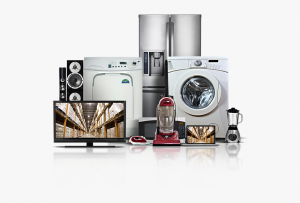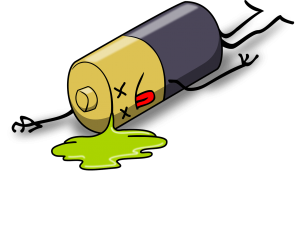Power inverters keep supplying electric current to electrical and electronic devices and keep them running during power cut. The performance and back up of an inverter depends largely on its battery. A battery is the backbone of an inverter. It is responsible for the good performance and long life of your inverter. Just like any other home appliance your inverter and its battery require regular maintenance for effective operation and longer backup life.
Below are some useful tips and guidelines to increase the back up of your inverter:




